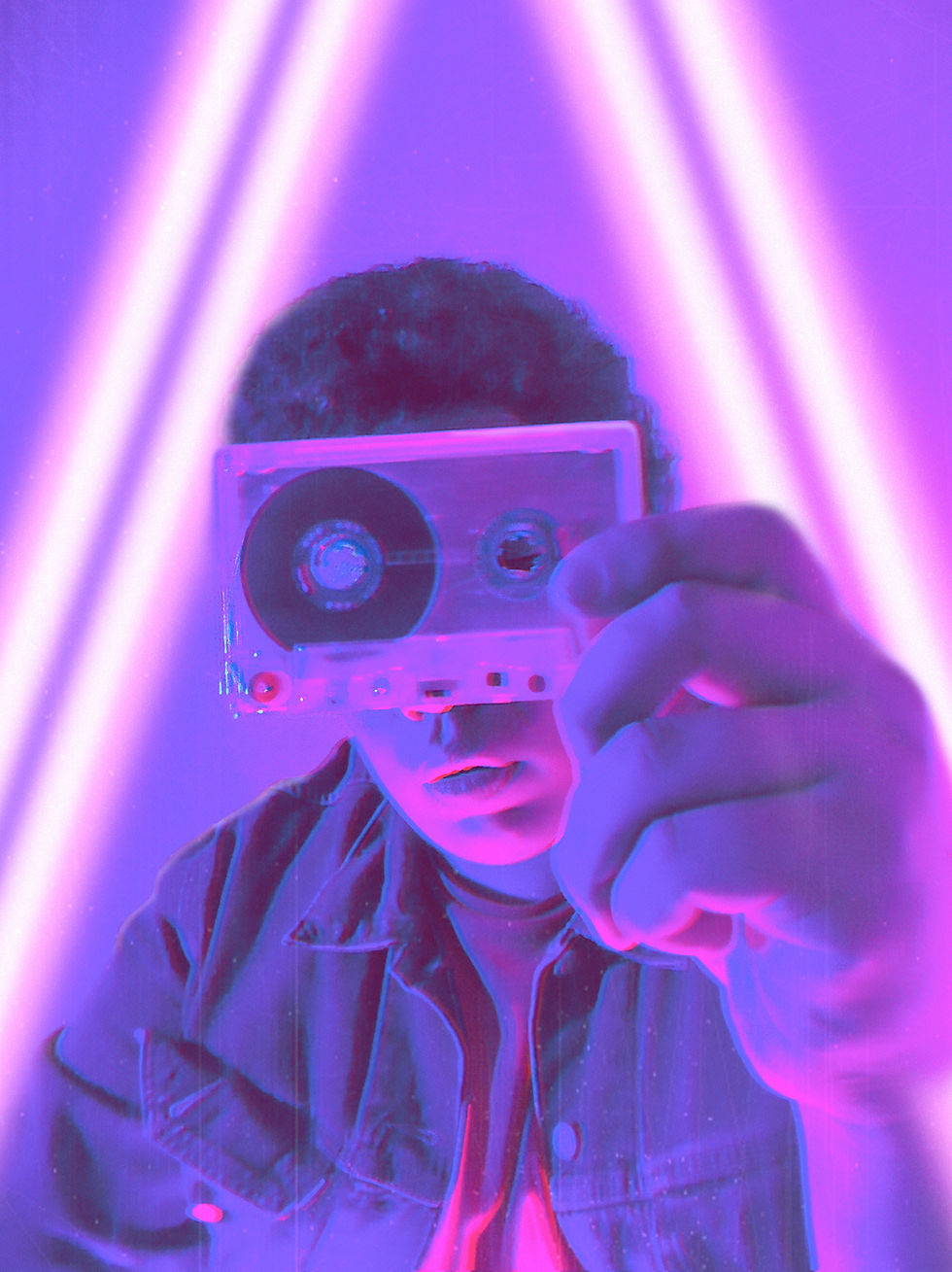
In Episode 5 of Zeitgeist Radio, guest Dave a.k.a. Warrior Bob describes his early musical journey with a type of software called Tracker. So what what are Tracker programs?
Tracker is a type of computer program used for creating electronic music in the 1990s. It was popular among musicians who produced different genres of electronic music, such as techno, house, and trance.
Tracker programs allowed people to compose music using pre-made recordings, or "samples," of different instruments, drums, and other sound effects. This was totally new, and a very exciting use of technology!

EARLY PROGRAMS
One of the most popular tracker programs of the 1990s was called "Fast Tracker 2," or simply "FT2," which was developed by a group of Finnish programmers called Starbreeze Studios. It was released as freeware in 1994 and quickly gained a large following among amateur and professional musicians alike.
As computer technology in the 90s developed, compatibility became key! The original programs were developed for the Amiga platform, but they were later made compatible with other computer platforms including the Atari ST and the good ol' PC.
As the popularity of tracker music grew in the 1990s, many other developers created their own versions of tracker software. Dave started on one called Scream Tracker 3, then later ended up using ModPlug Tracker (MPT). He liked MPT because even though he was running a Windows computer, the files were compatible with other popular DOS tracker formats.

HOW IT WORKS
Tracker programs used a system of "modules," which were essentially small files that contained information about a single instrument or sound effect. You could arrange these modules in various combinations to create different musical patterns, which could be combined into full-length songs.
Most of these allowed people to create music using a visual interface that displayed a pattern grid, where each row represented a specific sound or instrument. Dave likened it to working in a spreadsheet, which brings the phrase "sheet music" to a whole new level!
One of the key features of tracker modules is their ability to be easily reused and combined. Because each module contained all of the information needed to create a specific sound, it could be used to create a wide variety of musical patterns or sounds.
The modules themselves can also be edited and customized. This allowed people to create their own unique sounds and instruments, and to tailor the module to fit their specific musical needs. As Dave said, "You weren’t just taking a pre recorded sound, you were making a new sound, and I thought that was cool."

WHAT IT DOES
Each module typically contains information about a single instrument or sound effect. Here are a few highlights of types of effects and what they do:
Sound waveforms: a graphical representation of a sound wave. Sound waveforms are often used as the basis for creating digital representations of musical instruments and other sounds. People can do all kinds of manipulations to create or modify sound waveforms, including synthesizing new sounds or sampling existing sounds.
Volume envelopes: a control that is used to adjust the volume, or shape the overall contour of a sound, by controlling its volume at various points in time. For example, someone might use a volume envelope to create a gradual fade-in at the beginning of a sound, or to create a sharp attack followed by a sustained period of high volume
Convolution: "What convolution lets you do is make a staggeringly realistic simulation of a space," says Dave. Basically, convolution is used to create reverberation effects. This is done by playing with the way that sound waves bounce and decay in a particular acoustic space, such as a concert hall or a studio.
There are near endless ways you can play around with these and the hundreds of other effects out there! Dave describes 2 ways you could manipulate a simple piano sound:
You can take the piano, and make that the focus of your sound, with the echo as the effect… or you can take the echo, and make that the core of your sound, with the piano as the feel on top of it.

IT'S STILL ALIVE!
Do you think this sounds cool? You can give it a try!
While most folks have moved on to more powerful software like Ableton Live, Tracker modules still provide a flexible and efficient way to create electronic music. They continue to be used by musicians and producers today!
There are many different tracker programs available, including both commercial and open-source versions. Dave lists the following options, though there are others also:
Renoise - modern tracker software with a whole modern sequencer and audio environment
Milkytracker - modern FT2 clone
Schism Tracker - modern IT clone
Polyend tracker - a hardware unit with a tracker-style interface
Dirtywave M8 - minimal, gameboy-sized hardware sampler tracker
While all this can sound intimidating, the whole process boils down to just learning one thing at a time and playing with fun sounds. As Dave says, "I just enjoy mucking about."
Listen to my full interview with Dave to hear more about trackers and his journey with Electronic music, including his process for creating a new track from scratch!


Komentarze